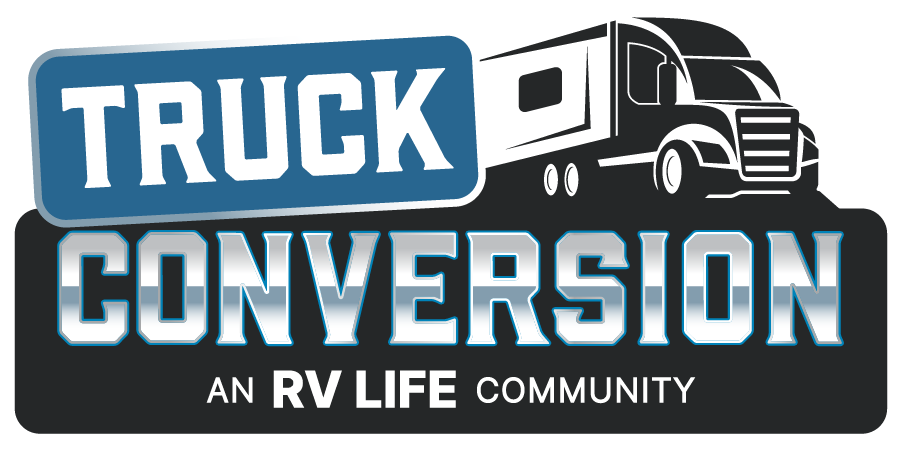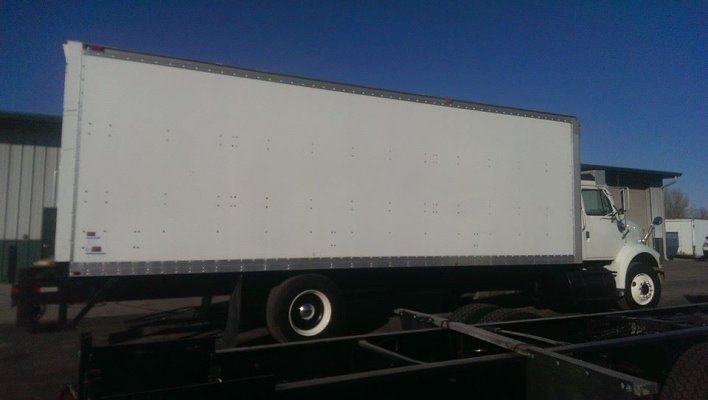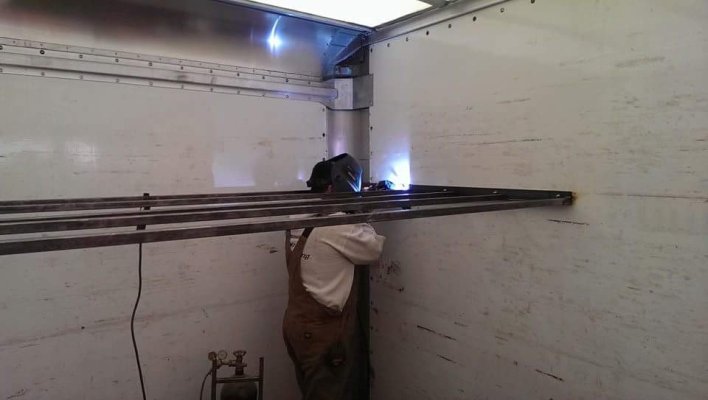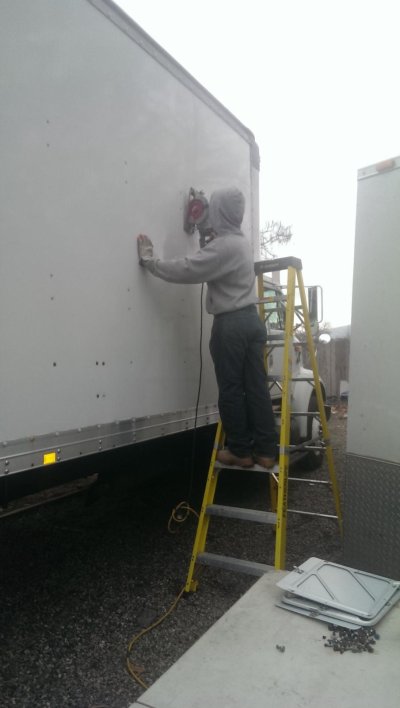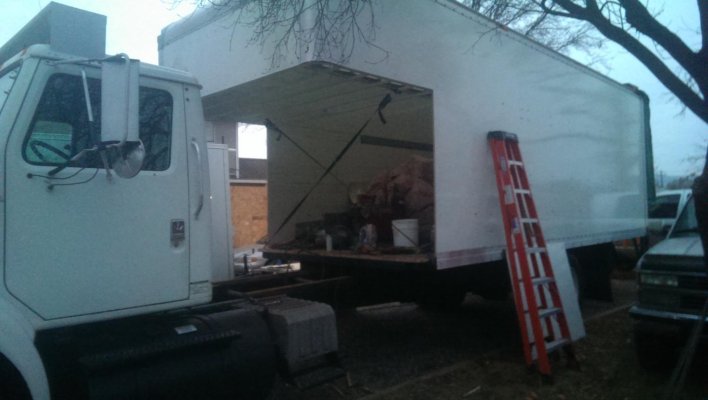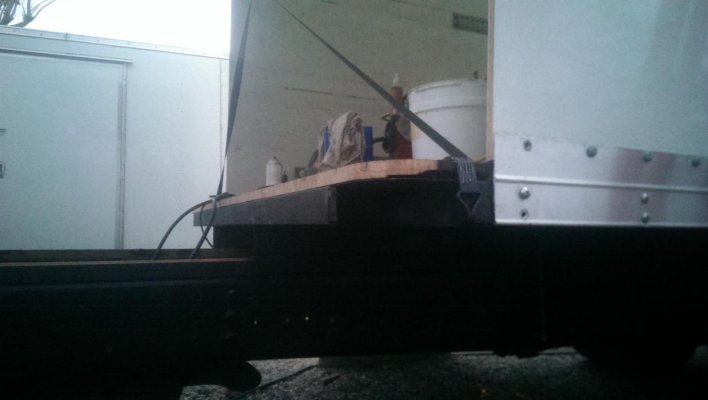chris.pdp
New Member
So my brother and i own a karting business and wanted something a little bigger to tow our 50' trailer than my 06 dodge megacab 5.9 automatic. So we went on a hunt and found a gem in Minocqua, WI (98 international 8100 with a m11 cummins and 10sp rockwell ) with minimal amount of miles.. cab and chassis only. It seemed perfect for our build with a 268" wheel base. On our way back we stopped and purchased a 26' frp box in awesome condition.
The idea is to cut and convert the box to make an overhang bed and 13' 8" living area. So after we got to measuring we figured out that we would be playing with fire on the max tow length in washington and will be over in California so we are in the process of getting a 40' trailer..
So with all that said i look to all of you who have taken on such a project for advice in multiple things. How did you go about things and what would you do different. Also where did you get trim to match everything..
We plan to build an internal frame for wiring and insulation ( expanding urathane foam)
Before we cut the box we plan to build a steel frame out of 1"x1" .095 with 1x2.5 flange to attach to the frp with fasteners. When we do this i am concerned about having the right kind of trim to detail it out..
any advice is appreciated..
The idea is to cut and convert the box to make an overhang bed and 13' 8" living area. So after we got to measuring we figured out that we would be playing with fire on the max tow length in washington and will be over in California so we are in the process of getting a 40' trailer..
So with all that said i look to all of you who have taken on such a project for advice in multiple things. How did you go about things and what would you do different. Also where did you get trim to match everything..
We plan to build an internal frame for wiring and insulation ( expanding urathane foam)
Before we cut the box we plan to build a steel frame out of 1"x1" .095 with 1x2.5 flange to attach to the frp with fasteners. When we do this i am concerned about having the right kind of trim to detail it out..
any advice is appreciated..
